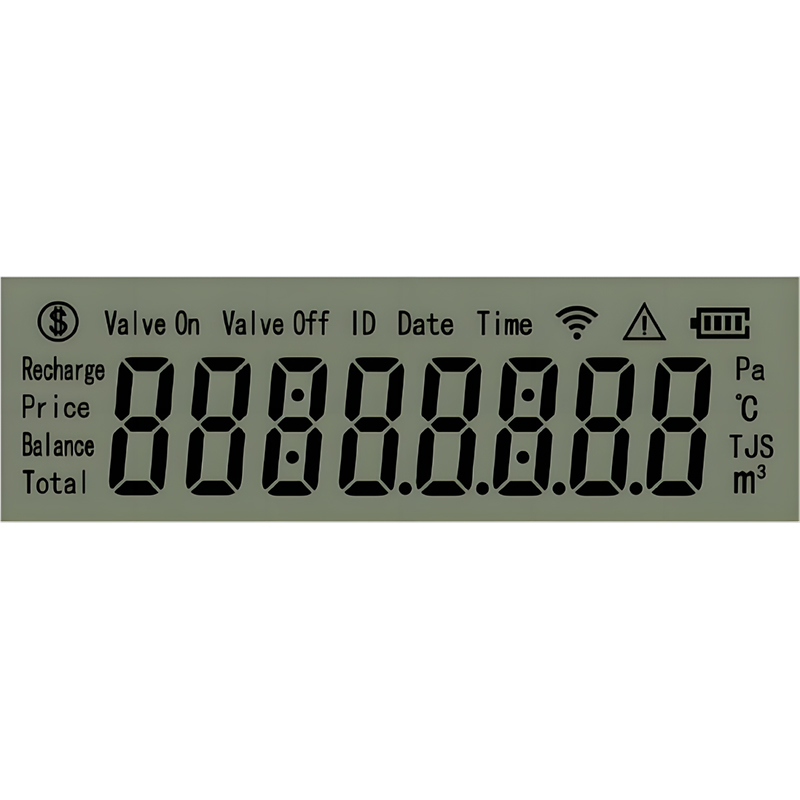Best CPLD SPI Interface: A Comprehensive GuideThis guide provides a detailed overview of the best CPLD SPI interface options, covering various aspects from choosing the right CPLD to implementing efficient SPI communication. We'll explore different approaches, considerations, and best practices for optimizing your design. Learn how to select components and troubleshoot common issues.
Understanding the CPLD SPI Interface
What is a CPLD?
A Complex Programmable Logic Device (CPLD) is a type of programmable logic device that offers a flexible and reconfigurable solution for digital circuit designs. CPLDs are ideal for implementing complex logic functions, state machines, and interfaces, including the Serial Peripheral Interface (SPI). They are often preferred over FPGAs for smaller applications due to their lower cost and power consumption. They are well-suited for applications requiring a relatively small amount of logic and fast reconfiguration.
What is the SPI Interface?
The SPI (Serial Peripheral Interface) bus is a synchronous, full-duplex communication protocol commonly used to connect microcontrollers and other peripheral devices. Its simplicity and speed make it a popular choice in many embedded systems. Key features include its four-wire architecture (MOSI, MISO, SCK, and CS), high speed, and relatively straightforward implementation. Understanding its functionality is crucial for effective CPLD SPI interface design.
Choosing the Right CPLD for Your SPI Application
Selecting the appropriate CPLD is critical for optimal performance. Factors to consider include: Logic Capacity: The amount of logic elements needed to implement your desired functionality. I/O Count: The number of input/output pins required to connect to the SPI devices and other peripherals. Speed: The maximum clock speed supported by the CPLD to ensure sufficient data transfer rates. Power Consumption: A crucial factor, especially in battery-powered applications.Several vendors offer CPLDs suitable for SPI applications. Consider researching offerings from Lattice Semiconductor, Altera (now Intel), and Microchip. Consult their datasheets for detailed specifications and selecting the one that best fits your project's requirements.
Implementing the CPLD SPI Interface: A Step-by-Step Guide
Hardware Setup
This section will cover the physical connection between your CPLD and SPI devices. This includes proper wiring of MOSI, MISO, SCK, and CS lines. Ensure that you follow the specific pin assignments outlined in your chosen CPLD's datasheet. Pay close attention to voltage levels and signal integrity to prevent issues.
Firmware Development
This is where you'll write the code to control the SPI communication within the CPLD. This typically involves using a Hardware Description Language (HDL), such as VHDL or Verilog. The code will manage the clock, data transmission, and chip select signals. Careful consideration must be given to efficient data handling and synchronization.
Optimizing Your CPLD SPI Interface for Performance
Clock Speed and Timing Constraints
Higher clock speeds can significantly improve data transfer rates but may also introduce timing challenges. Properly defining timing constraints in your HDL code is critical for ensuring reliable operation. Tools provided by the CPLD vendor can be instrumental in this process.
Data Handling and Error Detection
Efficient data handling and error detection mechanisms are essential for robust SPI communication. Implementing techniques like CRC (Cyclic Redundancy Check) can significantly enhance the reliability of your system.
Troubleshooting Common Issues
This section addresses common problems encountered when working with CPLD SPI interface designs, such as: No communication: Check wiring, clock signals, and power supply. Data corruption: Examine timing constraints and implement error detection. Slow data rates: Investigate clock speed limitations and optimize data transfer routines.
Conclusion
Designing a reliable and efficient CPLD SPI interface requires careful consideration of various factors, from selecting the appropriate CPLD to implementing optimized firmware. By following the guidelines and best practices outlined in this guide, you can successfully integrate SPI communication into your CPLD-based projects. Remember to consult the datasheets of your chosen components for detailed information and specifications. For high-quality LCD displays for your embedded system, consider exploring the options available at [Dalian Eastern Display Co., Ltd.](https://www.ed-lcd.com/)
.













